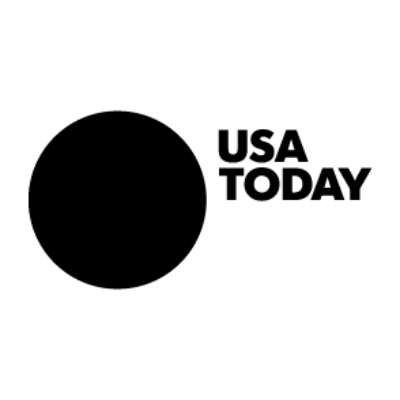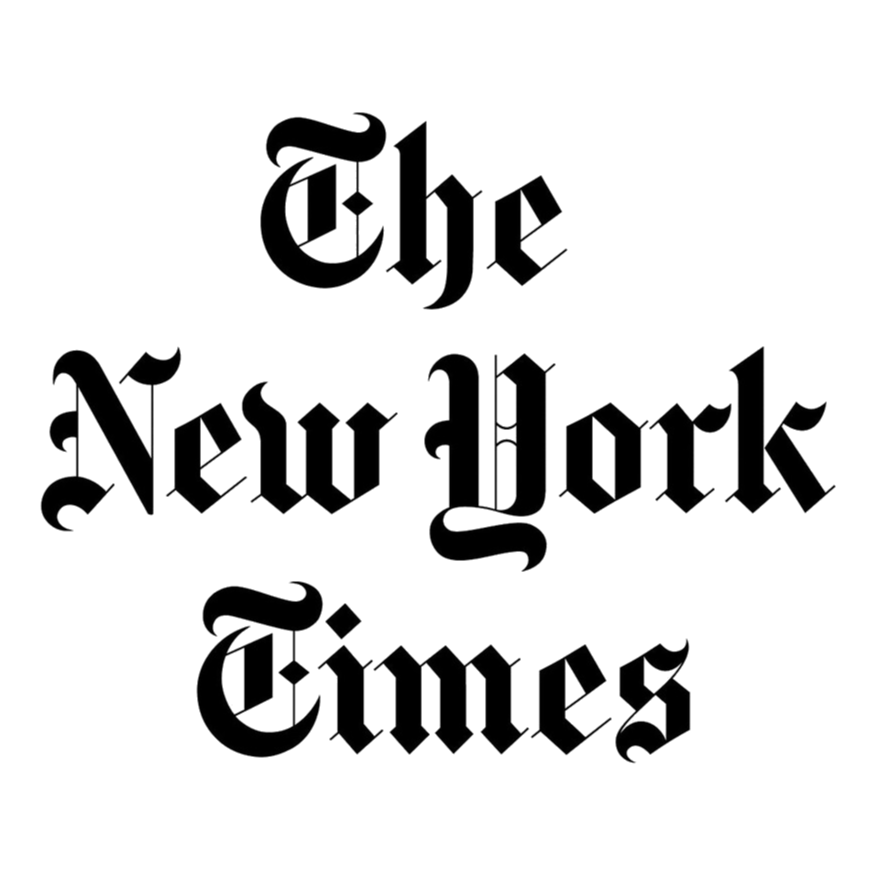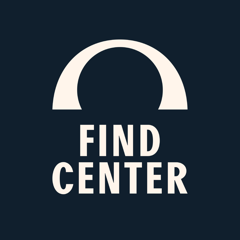To understand the minds of individual cancers, we are learning to mix and match these two kinds of learning — the standard and the idiosyncratic — in unusual and creative ways.
YOU MIGHT ALSO LIKE
CLEAR ALL
BY TOPIC
BY TYPE
FILTER

TOPIC
- Depression (16)
- Self-Mastery (15)
- Work Challenges (15)
- Inspiration (14)
- Fatigue (13)
- Insomnia (11)
- Anger (10)
- Building Character (10)
- Healing Approaches (10)
- Illness and Injury (10)
- Mind-Body Connection (10)
- Chronic Pain (9)
- Decision Making (9)
- Offering Support to Others (9)
- Sleep Disorders (9)
- Athlete Well-Being (8)
- BIPOC Well-Being (8)
- Facing Own Death (8)
- Women’s Well-Being (8)
- Communication Skills (7)
- Emotional and Mental Health (7)
- Fear (7)
- Relationship Challenges (7)
- Self-Care (7)
- Betrayal (6)
- Connection with Nature (6)
- Empowerment (6)
- Honoring Emotion (6)
- Managing Energy (6)
- Work-Life Balance (6)
- Black Well-Being (5)
- Empathy (5)
- Exercise (5)
- Finding Meaning (5)
- Handling a Loved One’s Illness (5)
- Physical Health (5)
- Self-Discovery (5)
- Situational Depression (5)
- Values (5)
- Chronic Health Conditions (4)
- Disabled Well-Being (4)
- Endurance (4)
- Focus (4)
- Friendship (4)
- Grit (4)
- Integrative Medicine (4)
- Leadership (4)
- Motivation (4)
- Problem Solving (4)
- Self-Development (4)
- Self-Esteem (4)
- Sleep (4)
- Work Relationships (4)
- Activism/Service (3)
- Asking for Help (3)
- Authenticity (3)
- Caregiver Well-Being (3)
- Confidence (3)
- Digital Life (3)
- Emotional Intelligence (EQ) (3)
- Environmental Justice (3)
- Feminism (3)
- Functional Medicine (3)
- Gratitude (3)
- Growth Mindset (3)
- Healthy Eating (3)
- Hope (3)
- Human Potential (3)
- Identity (3)
- Indigenous Well-Being (3)
- Life-Altering Injury (3)
- Naturopathy (3)
- Neurodiversity (3)
- Parenting (3)
- Poetry (3)
- Psilocybin (3)
- Psychedelic Research (3)
- Search for Purpose (3)
- Self-Actualization (3)
- Self-Healing (3)
- Stress (3)
- AAPI Well-Being (2)
- Acupuncture (2)
- ADD/ADHD (2)
- Addiction Recovery (2)
- Aging (2)
- Awareness (2)
- Body Image (2)
- Burnout (2)
- Clinical Depression (2)
- Collaboration (2)
- Community Healing (2)
- Conscience (2)
- Cross-Cultural Dynamics (2)
- Discrimination (2)
- Energy Healing (2)
- Entrepreneurship (2)
- Guided Imagery (2)
- Guilt (2)
- Habits of Mind (2)
- Intuition (2)
- Letting Go (2)
- LGBTQIA Well-Being (2)
- Life Challenges (2)
- Loneliness (2)
- Massage (2)
- Meditation (2)
- Megavitamin Therapy (2)
- Men’s Well-Being (2)
- Negative Self-Talk (2)
- Neuroscience (2)
- Nutritional Medicine (2)
- Peak Performance (2)
- Play (2)
- Resilience (2)
- Self-Compassion (2)
- Self-Control (2)
- Self-Love (2)
- Self-Reflection Practices (2)
- Self-Worth (2)
- Slumps (2)
- Spiritual Healing (2)
- Spiritual Life (2)
- Spirituality and Health (2)
- Storytelling (2)
- Stress Management (2)
- Sudden Weight Change (2)
- Sustainability (2)
- T’ai Chi (2)
- Talk Therapy (2)
- Transcendent Experience (2)
- Unconscious Bias (2)
- Visualization (2)
- Yoga (2)
- Acceptance (1)
- Acupressure (1)
- Alcohol Addiction (1)
- Altered States (1)
- Aromatherapy (1)
- Autism (1)
- Autoimmune Disease (1)
- Awe (1)
- Body Positivity (1)
- Breathwork (1)
- Climate Change (1)
- Connection (1)
- Consciousness (1)
- Courage (1)
- Criticism and Rejection (1)
- Curiosity (1)
- Death and Dying (1)
- Dementia (1)
- Diet and Nutrition (1)
- Doubt (1)
- Ecospirituality (1)
- Environmental Exploitation (1)
- Epigenetics (1)
- Family Dynamics (1)
- Fellowship and Community (1)
- Female Empowerment (1)
- Freedom (1)
- Genetics (1)
- Goal Setting (1)
- Grief (1)
- Habit Formation (1)
- Higher Calling (1)
- Holism (1)
- Homeopathy (1)
- Hypnosis (1)
- Immigration and Assimilation (1)
- Inflammation (1)
- Inner Child (1)
- Inner Life (1)
- Inner Peace (1)
- Integrity (1)
- Intention (1)
- Joy (1)
- Kabbalah (1)
- Life Force Energy (1)
- Mindfulness (1)
- Perception (1)
- Positive Thinking (1)
- Prayer (1)
- Productivity (1)
- Psychedelic Journey (1)
- Psychedelic-Assisted Therapy (1)
- Qigong (1)
- Quantum Physics (1)
- Racial Discrimination (1)
- Racial Healing (1)
- Reiki (1)
- Relationship with Time (1)
- Reproductive Health (1)
- Romantic Relationships (1)
- Self-Acceptance (1)
- Self-Expression (1)
- Self-Limiting Beliefs (1)
- Self-Realization (1)
- Self-Reliance (1)
- Setting Limits and Boundaries (1)
- Shame (1)
- Smoking Addiction (1)
- Social Responsibility (1)
- Soul Mission (1)
- Subconscious (1)
- Synesthesia (1)
- The Divine (1)
- The Unconscious (1)
- Transformation (1)
- Transgender Well-Being (1)
- Trauma Healing (1)
- Trust (1)
- Unfulfilled Career (1)
- Veteran Well-Being (1)
- Vulnerability (1)
- Well-Being (1)
- Willpower (1)
- Work Ethic (1)
- Young Adult Well-Being (1)
FILTER

TEACHER
- Abraham Maslow (1)
- Bernie S. Siegel (1)
- Daniel Goleman (1)
- Deena Metzger (1)
- don Jose Ruiz (1)
- Edward Hoffman (1)
- Elisa Shankle (1)
- Gabor Maté (1)
- Jane E. Brody (1)
- Jean Shinoda Bolen (1)
- JoAnn Loulan (1)
- Kris Carr (1)
- Larry Dossey (1)
- Martha Beck (1)
- Nancy Mellon (1)
- Oliver Sacks (1)
- Oprah Winfrey (1)
- Roberto Assagioli (1)
- Roland Griffiths (1)
- Rupi Kaur (1)
- Saeed Jones (1)
- Sandra Ingerman (1)
- SARK (1)
- Sue Morter (1)
- Ta-Nehisi Coates (1)
- Tara Brach (1)
- Tony Robbins (1)
- V (1)
- Will Cole (1)
- Wim Hof (1)








